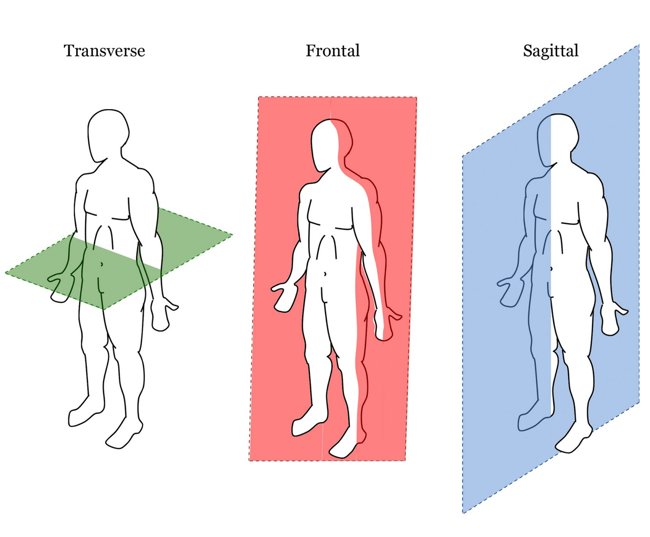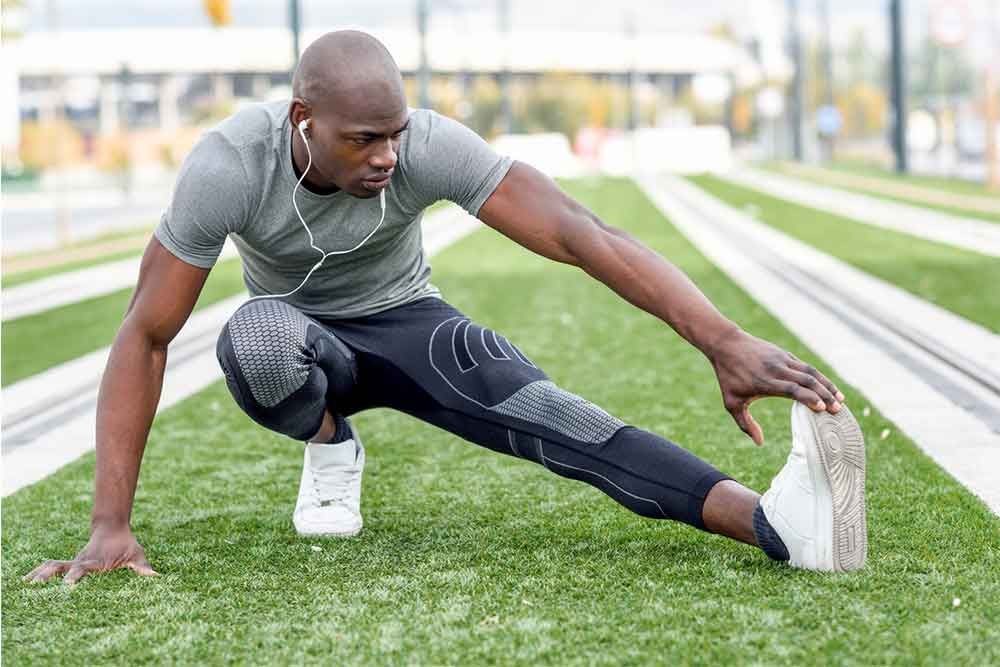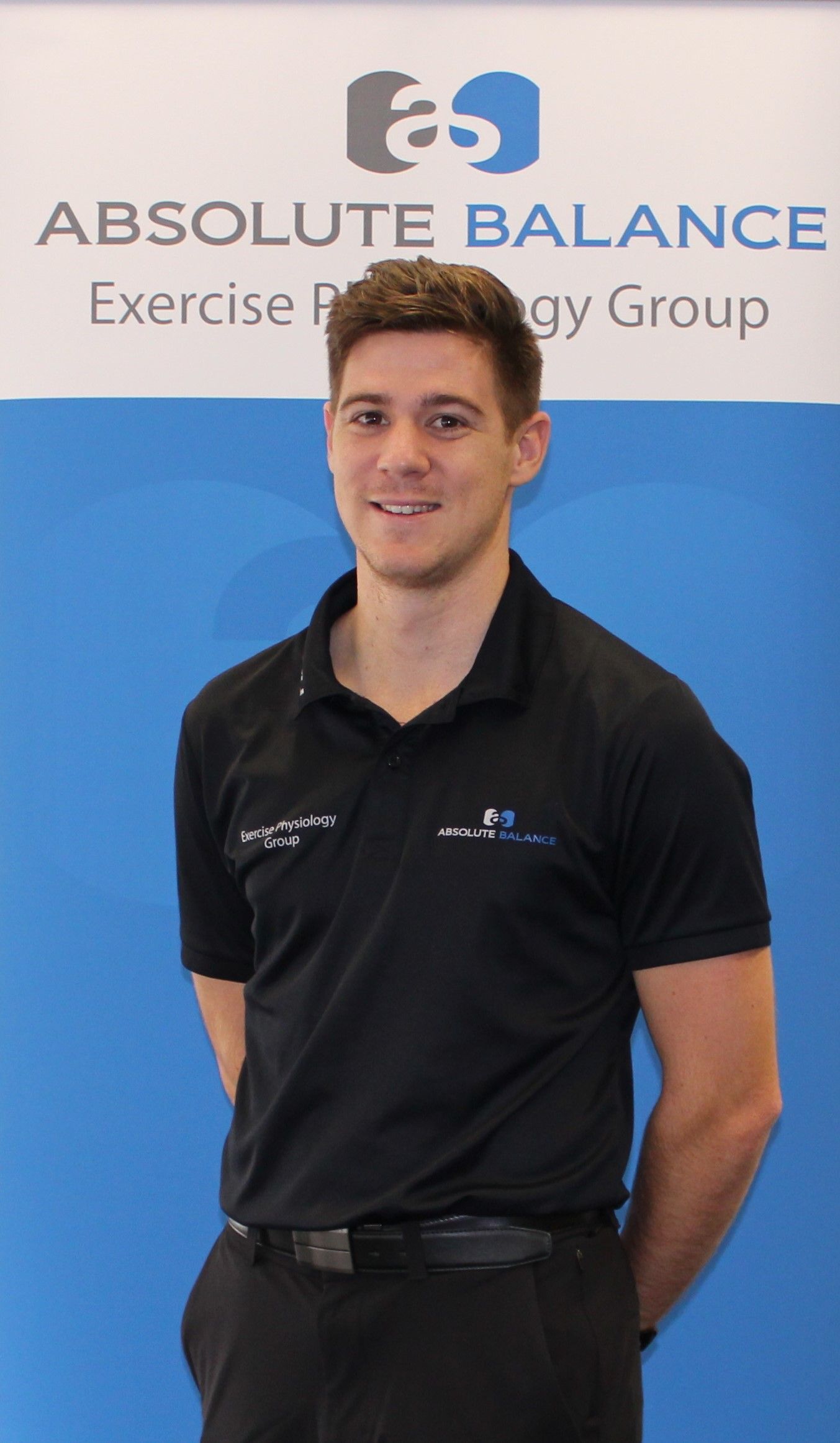Exercise During Pregnancy – Third Trimester Tips
Following on from my blog in May where we covered pregnancy ‘Fact vs Fiction’, I wanted to highlight some tips and tricks to get you through the third trimester while staying as active and healthy as possible. As with the first and second trimesters, there is plentiful advice on what to do and what not to do when it comes to exercise during pregnancy, the hard part is deciphering the useful information! As many expecting mums (including myself!) may have experienced, in the third trimester everything gets a lot harder as we get closer to the due date, so what does this mean exercise wise?
First off, there are some things to consider;
– During the third trimester you may experience some discomfort through the pelvic region and sacroiliac joints
– The pelvic floor is experiencing its toughest challenge and may be starting to show signs of weakness
– Your lung capacity is reduced quite significantly which may make some cardiovascular exercise difficult
Secondly, there are a few questions to ask yourself;
– Have I maintained my normal exercise routine throughout the pregnancy so far?
– Have I modified my exercise routine but maintained at least the recommended 30-minutes of moderate intensity physical activities on most days of the week?
– Do any exercises cause me discomfort during or post-exercise completion?
If you answered yes to question 1; Keep on going! Medically speaking, there is no reason to stop completing your normal exercise routine unless risk factors are identified that may cause harm to you or your baby, or if you feel discomfort or pain while completing your exercises.
If you answered yes to question 2; you’re doing well! Keep on completing what you can with slight modifications to your routine. You may find that more gentle exercise such as antenatal aqua classes, walking and Pilates are more comfortable to complete and will assist you to maintain a good level of physical activity until the end.
If you answered yes to question 3; now might be the time to ask for some professional advice from either an Exercise Physiologist or Physiotherapist, they will be able to safely guide you through the final trimester of pregnancy while offering support and assisting you to maintain some physical activity.
Regardless of which question you answered ‘yes’ to, there are some important exercises that you should start to work into your exercise routine as you inch closer to D-day. The three ‘golden’ exercises you should be completing are;
1) Pelvic Floor Exercises! This is the most important exercise to be completed leading up to the due date and post-partum once you are cleared. Why are these exercises important? They help reduce the risk of bladder incontinence! They will also assist you to bounce back much quicker post-partum.
2) Squats! Don’t worry – I’m not referring to heavy weighted squats, I’m referring to comfortable body weight squats to assist to open the pelvis naturally with the most benefit coming from a full range squat and hold to engage the pelvic floor. This exercise may be difficult to complete especially if you’re experiencing pelvic pain and may need to be modified.
3) Pelvic tilting and transverse abdominus activation exercises! These are essential to keep those hips moving during the final stages of pregnancy, they are also helpful to maintain tone in the deep abdominal muscles that can assist during labour. These can be completed many ways to accommodate for those little complications that may arise for each individual, it is best to ask a professional for the right advice for you.
As always, before commencing any form of new exercises we recommend you seek medical clearance from your treating doctor to ensure you are healthy and ready to get started. For more information, jump on the website www.absolutebalance.com.au or send us an email to info@absolutebalance.com.au .
See you all on the other side! (3 weeks to go!)
Alixe Marion (B.Sc. – Exercise Physiology)
Clinic Manager – Senior Accredited Exercise Physiologist (AEP) (ESSAM)





